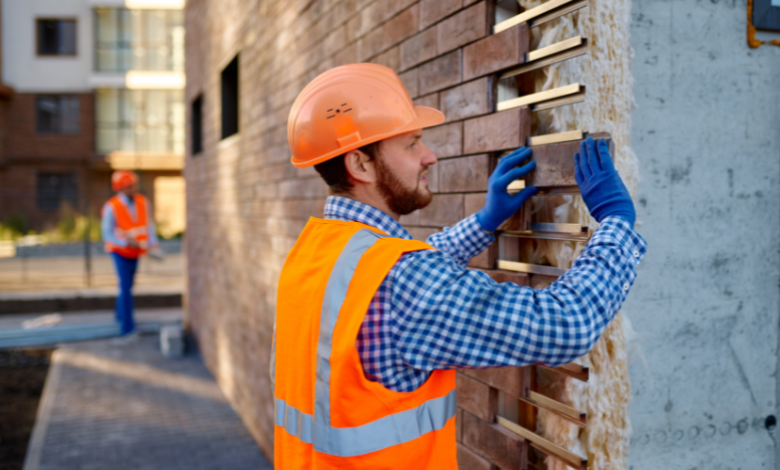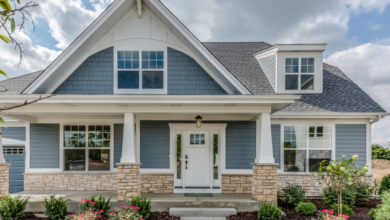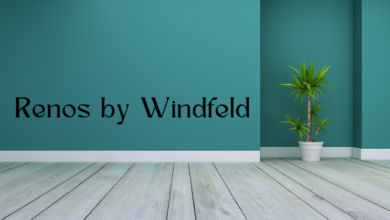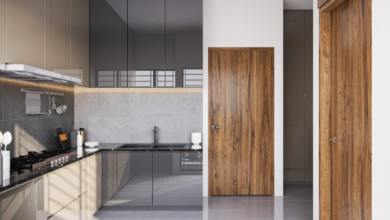Professional Techniques for Metal Construction Insulation

Metal construction is popular for many buildings, from warehouses and industrial facilities to commercial spaces and even residential homes. While metal structures offer numerous advantages, they can also pose unique challenges regarding insulation. Proper insulation is crucial for comfort, energy efficiency, and structural integrity. In this article, you will explore the professional techniques used for metal building insulation, providing insights into how experts ensure that these structures are well-insulated and ready to meet the demands of their occupants.
1. Understanding the Importance of Insulation
Before delving into the techniques, it’s essential to emphasize the importance of insulation in metal construction. Effective insulation helps regulate interior temperatures, reducing heating and cooling costs. It also prevents condensation, which can lead to corrosion and structural damage. Insulation is, therefore, a critical element in ensuring metal buildings’ longevity, energy efficiency, and comfort.
2. Thermal Bridging Mitigation
One of the primary challenges in metal construction insulation is thermal bridging, where heat is conducted through the metal framing, bypassing the insulation. Professionals use techniques like installing continuous thermal breaks or applying thermal insulation coatings on metal surfaces to mitigate this issue. These methods interrupt the heat flow and enhance the overall insulation performance.
3. Proper Vapour Barrier Installation
Professionals employ vapour barriers to prevent moisture infiltration and condensation within the insulation layers. These barriers are installed on the warm side of the insulation to prevent moisture from migrating into the insulation materials, which can cause damage and reduce insulation effectiveness. Proper sealing and installation of vapour barriers are essential for long-term insulation performance.
4. Selecting the Right Insulation Material
The choice of insulation material is critical in metal construction. Professionals consider factors such as R-value (thermal resistance), fire resistance, and moisture resistance when selecting the appropriate insulation material. Common choices include fibreglass, spray foam, rigid foam boards, and reflective insulation. The selection depends on the different needs of the building and local climate conditions.
5. Air Sealing and Tightness
To achieve optimal insulation, professionals focus on air sealing and tightness. Any gaps, cracks, or openings in the construction envelope can lead to air leakage, reducing the insulation’s effectiveness. Sealing penetrations, joints, and seams with appropriate sealants ensures that the building remains airtight, reducing heat loss and improving energy efficiency.
6. Insulating Metal Roofing
Insulating metal roofing is a specialized area within metal construction insulation. Professionals often use rigid insulation boards above the roof deck to create a thermal barrier. These boards are installed with careful attention to detail to minimize gaps and ensure complete coverage. Properly insulated metal roofing helps maintain consistent indoor temperatures and prevents ice dam formation in cold climates.
7. Insulation for Metal Walls
Metal walls also require effective insulation. Professionals typically use insulation boards or batts designed specifically for metal wall applications. The insulation between the metal panels or framing provides thermal resistance and prevents condensation. Installation techniques vary depending on the wall design, but ensuring proper coverage and minimal insulation compression are common priorities.
In conclusion, professional techniques for metal building insulation are essential for ensuring that metal structures are energy-efficient, comfortable, and structurally sound. By understanding the importance of insulation, mitigating thermal bridging, installing vapour barriers, selecting the right insulation material, focusing on air sealing, insulating metal roofing, and insulating metal walls, experts can create buildings that converge the highest standards of functionality and comfort.
In the end, professional techniques for metal construction insulation are not just about maintaining indoor comfort and energy efficiency; they are about safeguarding the integrity and longevity of these versatile and durable buildings. Whether it’s a commercial space, an industrial facility, or a residential home, proper insulation techniques ensure that metal constructions can meet the needs of their occupants for years.



